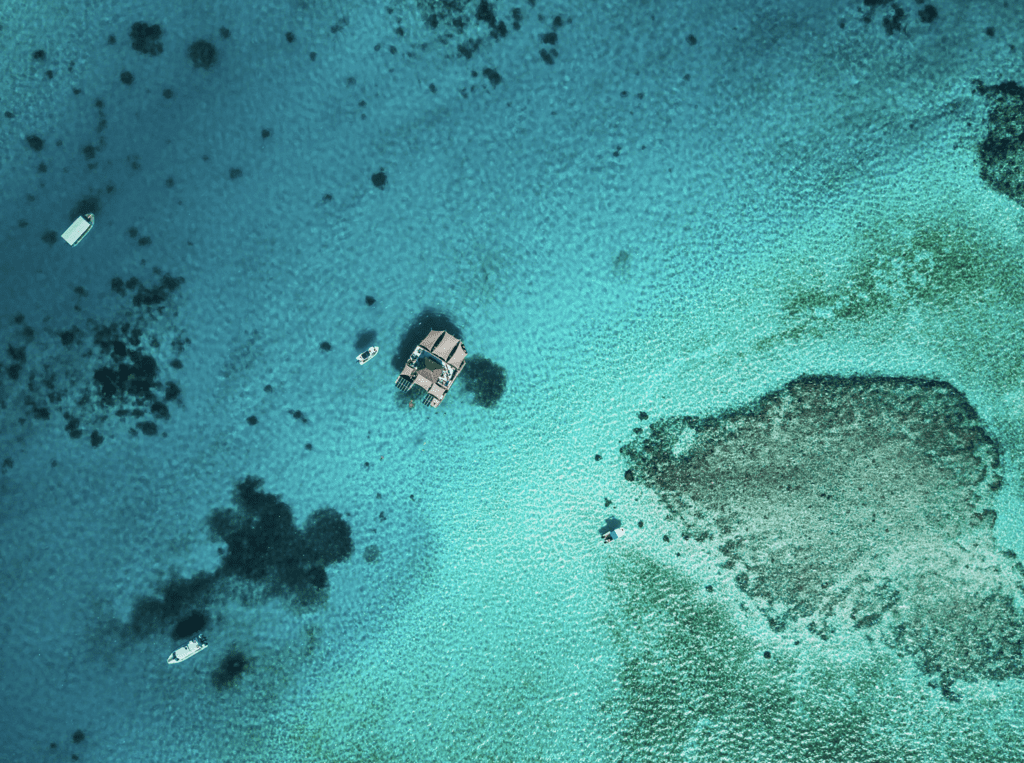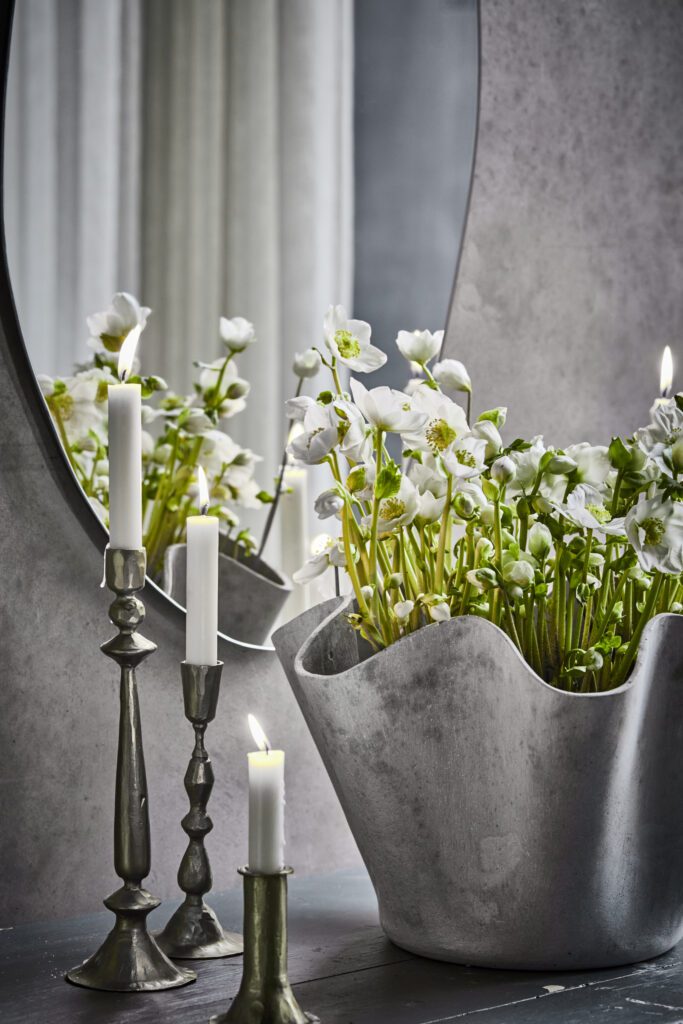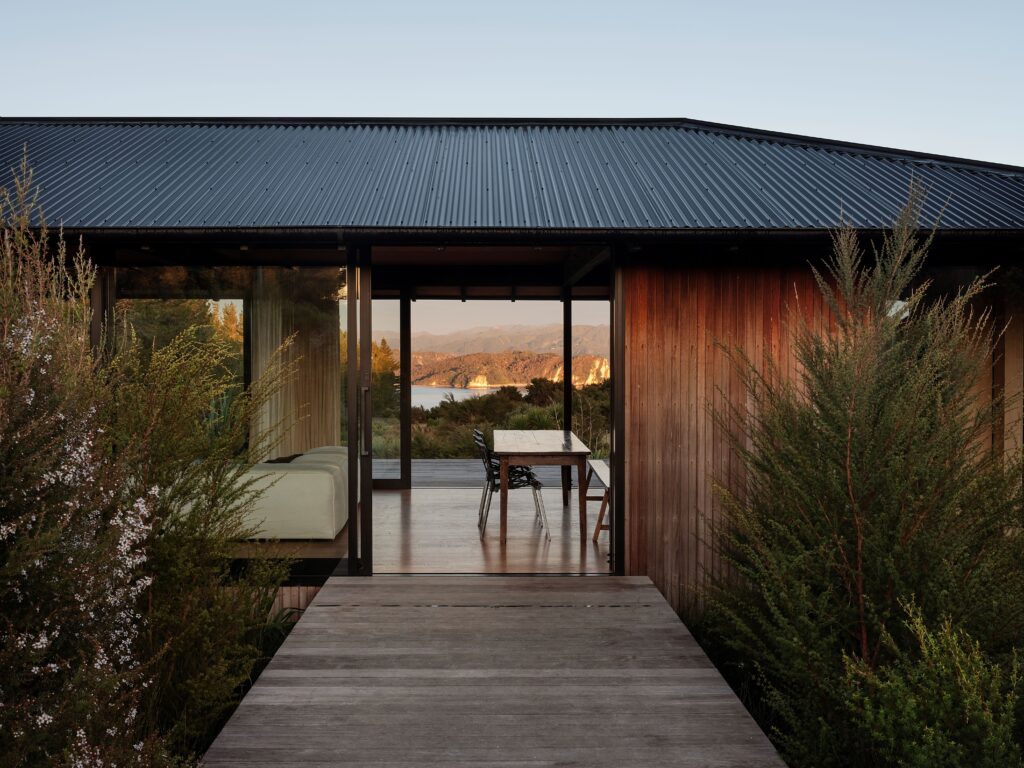The culinary scene in Fiji is bursting with fresh, organic produce — locally caught seafood and tantalising flavour combinations underpinned by a melting pot of cultural influences from Polynesian, Melanesian, Indian, and Asian cuisines.
We round up some of the best places to dine in the Fijian islands, led by a new generation of chefs who have firmly placed the South Pacific restaurant scene on the world stage.

TEPPAN-YAKI IN THE TREETOPS
Seagrass Restaurant, COMO Laucala Island
This is treetop dining at its finest. Set on a clifftop overlooking the ocean and the forested ridge of Qamea islet in the distance, the menu is a Thai-influenced pan-Asian fusion; there’s a teppan-yaki bar, a private dining platform for events, and an ever-changing seasonal menu defined year-round by freshly caught local seafood.

OCEAN TO EARTH
Plantation House, COMO Laucala Island
The food philosophy here is driven by farm-to-fork, ocean-to-earth dining. It is the main restaurant of COMO Laucala, located in an original plantation house with a lawned incline above the palm groves that reach out to the ocean’s edge.
The restaurant — flanked by mature mango, mountain apple, and cinnamon trees — opens up to a veranda-style terrace. Expect dishes from butter-poached lobster to crab beignet and caviar.

FLOATING BAR AND RESTAURANT
Cloud 9
There’s nothing traditional about this floating solarpowered bar and pizzeria in the turquoise waters of Vanua Malolo on Ro Ro Reef, but there are Italian woodfired pizzas and a vast selection of top-shelf international beverages and expertly shaken cocktails to enjoy, along with a sun deck; day beds; and, on selected dates, chill house DJs. Bookings are required in advance for water activities from Cloud 9 including parasailing, jet skiing, snorkelling, and paddleboarding.

SEA TO TABLE
Nukubati Great Sea Reef Resort, Nukubati Island
With a menu designed around the resort’s regenerative tourism ethos, its cuisine is centred on a sea-to-table philosophy. The menu is organic, with fresh, locally caught seafood; tropical fruit and vegetables grown on site; and locally sourced ingredients, herbs, and spices that celebrate the vibrant flavours of the South Pacific.
For an authentic Fijian dish, try tatavu, a seafood barbecue served on a bed of banana and breadfruit leaves.

KANU
Often referred to as the South Pacific’s Gordon Ramsay, Lance Seeto is an award-winning chef originally from Australia who now calls Fiji home.
When Lance first landed in Fiji in 2009, he planned to stay for a year or so. “In Fiji I found happiness, or happiness found me, however you put it. Coming here was a breath of fresh air. I embraced the way of life, the people, and their attitude — I didn’t realise there was a place this close to home that would have such a profound impact on me,” he says.
“It was a reconnection to humanity and the opportunity to learn how to live again.”
For Lance, the Fijian islands became a place of personal growth, which he intuitively explored through the local cuisine. After spending nearly a decade working at various high-end resorts and holidaying locally on his time off, Lance visited nearly every island in the Fijian archipelago and along the way absorbed a wealth of knowledge about flavour; traditional food sources; and the unique influences of Indian, Melanesian, and Polynesian cultures on the melting pot that is Fijian cuisine.
"Fijian food in general is gluten free, as there is no wheat grown here — it takes you back to a much simpler time when food was grown naturally."

His restaurant KANU, now somewhat of an institution for expats, locals, and tourists alike, offers a contemporary take on traditional Fijian cuisine, and it’s served (if you book the Chef’s Table experience) with a dose of storytelling over a five-course meal.
“Fiji is a return to a more natural way of living,” explains Lance. “Our food is sourced locally, so you don’t experience genetically modified products, and you cook with seasonal produce in its raw, natural state. Fijian food in general is gluten free, as there is no wheat grown here — it takes you back to a much simpler time when food was grown naturally. Because Fijians have always eaten with the seasons, there remain views that eating certain fish at certain times of year has different benefits — the cuisine is intimately linked to nature and culture.”
A standout dish of Lance’s is the Fijian version of ceviche, kokoda. “I really enjoy developing these traditional dishes — for example, rather than pouring coconut milk raw, we smoke the coconut with a heated river stone, and then squeeze the milk which gives it a real depth of flavour,” he says.

Waitoni is another dish that Lance is passionate about: “I first saw this dish cooked on my travels and I couldn’t see how it could taste good. It’s charred, blackened fish that is plunged in salt water and then served with lemon juice, tomatoes, and chilli. It was a brand new flavour I had never tasted and it’s incredible.”
As he sees it, the traditional flavours and food of Fiji are about connecting to a time, place, and way of life long forgotten — a past Lance vibrantly brings alive at KANU.




